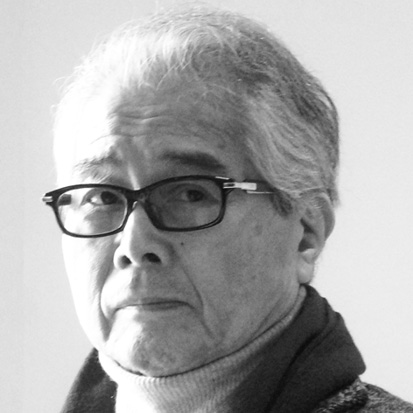Atsushi TAKEDA


Atsushi TAKEDA (Japan)
Visiting Professor of
Tama Art University
Art Critic
At the previous exhibition, the Final Assessment as well as the Special Symposium took place as planned. This time, jurors from overseas could not come to Japan and therefore could not assess the works in person in the same way that the jurors in Japan could. Furthermore, the Special Sympo.sium which is usually open to the public was also canceled. All of this was due to the COVID-19 pandemic.
The Final Assessment was carried out remotely. With the help of English and French interpreters, we regularly ex.changed our opinions based on images and audio media. At each step of the assessment, the jurors reached a con.sensus to decide on all the award winners. This year, the evaluations were unexpectedly split, making it difficult to narrow down the finalists. I think that the reason for this was the remote set-up of the assessment. Nonetheless, the or.ganizers did their best under the circumstances with meticu.lous planning and preparation. Meetings took place at night in Japan time until 3:00 a.m. in the morning.
The Final Assessment was challenging for all the jurors and we shared a rather stressful time together. But in the end, the results were satisfactory for us all. Particularly, the Grand Prize winner, “Setsusetsu, Syoukei” rose to the top with the most votes and was unanimously selected as the win.ner. The jurors’ sensibilities may have been swayed by her work’s typical purity and delicate elegance.
Regarding the selection of the Gold Prize winner, the jurors had difficulty in selecting one winner from the two excellent works which consistently received the same number of votes no matter how many times a vote was taken. Thanks to the intervention of the organizers, the Gold Prize could be granted to both works, on the condition that this was a unique exception. This was an unprecedented and wonder.ful resolution. Among the other award winners and works selected at the Preliminary Assessment, there are many unique and ambitious pieces, showing a substantial and enjoyable diversity of expression.
The number of submissions this year – more than 300 from 37 nations and regions – is almost the same as that of the previous exhibition. However, the global situation has changed dramatically due to the COVID-19 pandemic and the Russian invasion of Ukraine. Despite such circumstanc.es, we have received many messages from glass artists in countries around the world through their glass art. As one of the members on the hosting side, I was deeply moved by this.

